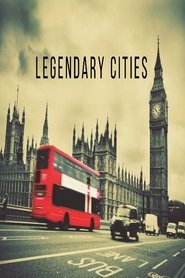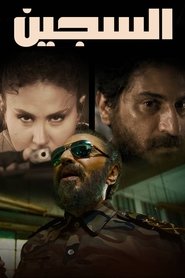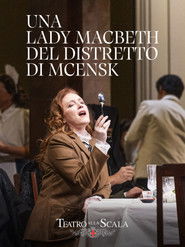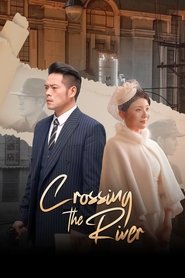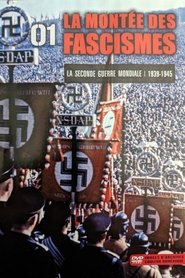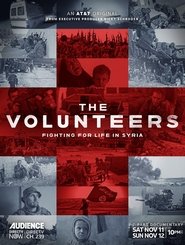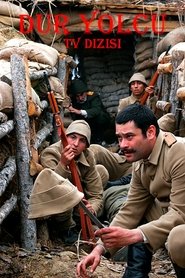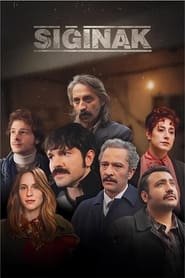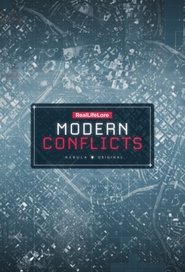War Politics TV Series - Page 108
-
Legendary Cities
2014
Legendary Cities
2014
star 8Embark in a journey through some of the most beautiful cities in the world in this documentary series. Each episode features a new city and explores the many things that make it the legendary place it is today. -
The Prisoner
2024
The Prisoner
2024
General Ismail's military record, which is filled with top-secret information, raises concerns about him, so years after his death is announced, a secret organization sends someone to try and look into his history. -
铁血荣耀
2017
铁血荣耀
2017
-
The Last Cyclist
2014
The Last Cyclist
2014
star 2.7A Christian orphan raised in a Jewish family has to face the cruel fate of Auschwitz during World War II. -
Die Bertinis
1988
Die Bertinis
1988
The story of the life and survival of a half-Jewish family in Germany from 1882 to 1945. The focus is on the family of the failed pianist and conductor Alf Bertini and his Jewish wife Lea Lehmberg. They live in poor conditions in Hamburg and fight to give their children a better life until Hitler seizes power. -
七战七捷
1995
七战七捷
1995
-
Naši synovia
1975
Naši synovia
1975
-
Crossing the River
2025
Crossing the River
2025
star 10In 1948, officers from the Third Field Army infiltrate Nanjing to aid the underground Communist Party in protecting intelligence, securing supplies, and undermining enemy forces, paving the way for the Yangtze River Crossing Campaign and the nation’s liberation. -
肖劲光大将
2003
肖劲光大将
2003
-
Geheimkommando Spree
1968
Geheimkommando Spree
1968
-
The Volunteers
2017
The Volunteers
2017
Cameraman River Haag travels to war-torn Syria, documenting stories of the worst humanitarian crisis since WWII. After meeting a medical unit of passionate volunteers, River finds himself forced by conscience to use his own military medical training to join the YPG in the fight against ISIS, providing treatment to civilian casualties of war, as well as Kurdish, Arab, and even ISIS fighters. -
Ayrılık
2007
Ayrılık
2007
-
The Great Nerf War
2011
The Great Nerf War
2011
The Great Nerf War is a web series created by SaulsburyStStudios, premering in 2011. The premise of the series features an Alternate Universe Civil War between the Peace-Bull and the Belligerwitch, where the primary weapons used are Nerf guns. The series has a serious outlook, but it has a fair amount of funny moments from both factions. -
过界
2017
过界
2017
-
Dur Yolcu
2008
Dur Yolcu
2008
-
Sığınak
2023
-
Modern Conflicts
2021
Modern Conflicts
2021
star 8The 21st century may be the most peaceful in history so far, but we are still not completely free from wars and conflicts. From 1980 to the present day, Modern Conflicts explores recent struggles between nations and peoples. -
関口宏の一番新しい近現代史
0000
関口宏の一番新しい近現代史
0000
